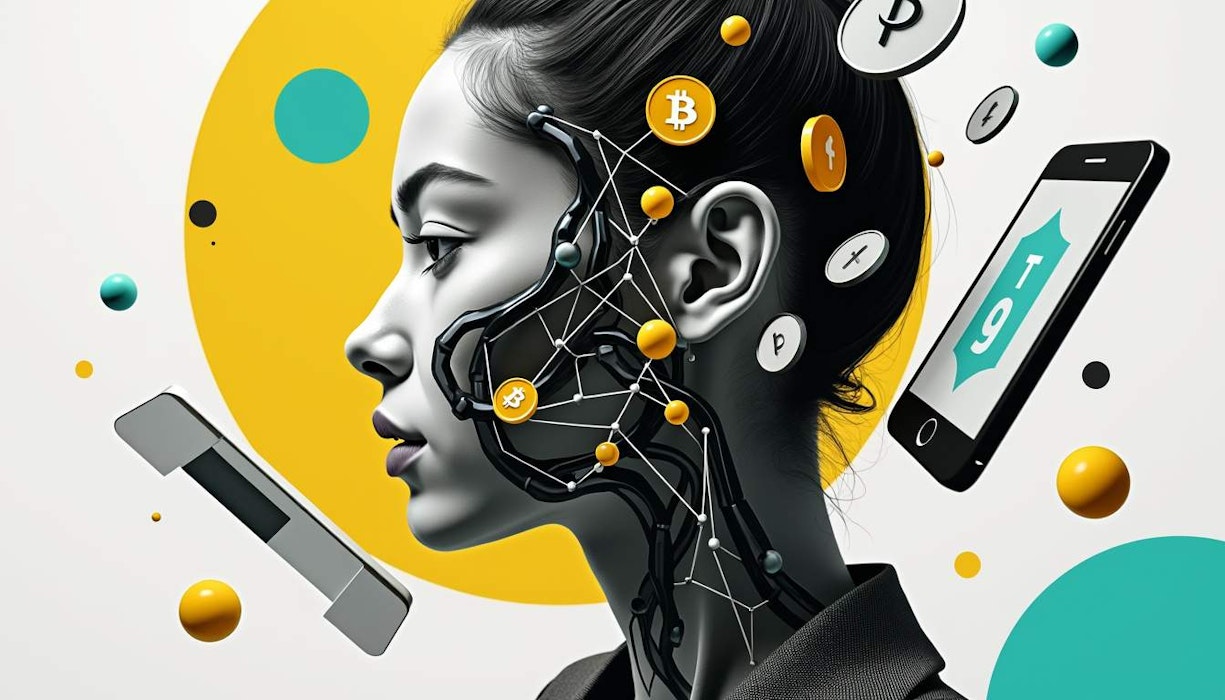In the fast-paced world of digital content, AI tools are changing the game. From creating hyper-realistic human images to verifying what's real and what's not, these technologies are reshaping how we create and consume media. In this article, I'll dive into some specific tools—AI face analyzers, human generators, and image extenders—and discuss their applications, benefits, and the ethical dilemmas they bring along.
Crypto Platforms and the Power of AI
So here's the deal: AI isn't just for making cool stuff. It's also super useful for figuring out what’s trustworthy in crypto online platforms. Take Token Metrics, for example. They use some advanced AI models to analyze over 150 data points for each cryptocurrency out there. We're talking tech scores, social scores—you name it. This helps you sift through all the noise in crypto land.
And then there’s Sentix, an AI media sentiment analysis tool that digs through tons of media sources to help you understand what’s actually moving the market and what’s just FUD or hype.
The Lowdown on AI Face Analyzers
First up are AI face analyzers. These bad boys check out facial features, emotions—you name it—using some next-level algorithms. They're great for identity verification (think security), understanding consumer emotions (hello marketing), or even customizing content based on audience demographics.
Now let me throw a few popular tools your way: - Face++: This one breaks down facial features and even tells you your emotional state. - Amazon Rekognition: Not just a pretty face; it does facial recognition too. - DeepFaceLab: The go-to for swapping faces in videos (but maybe don’t use it for nefarious purposes).
So why would you use these? If you're in marketing or security or UX design, these tools are practically essential.
Enter the World of AI Human Generators
Next up is something a bit more... uncanny? Enter AI human generators that create lifelike images of people who don't exist. Yep, no stock photos needed!
Here are a couple of popular ones: - This Person Does Not Exist: Click a button; get a random realistic face. - Artbreeder: Mix and match different features to create unique faces.
These generators have endless applications—from advertising to gaming avatars—but they do raise some eyebrows about authenticity.
The Magic of Image Extenders
Last but not least are image extenders that take your visuals beyond their original borders while keeping everything consistent. Think about enhancing marketing photos or adjusting artwork to fit specific dimensions without losing quality.
Popular tools here include: - DALL-E Inpainting: It fills in gaps with matching textures. - Photoshop Generative Fill: A new feature that's basically an artist's assistant gone rogue.
Ethical Dilemmas We Can't Ignore
But hold up! With great power comes great responsibility—or at least it should! Using these technologies raises several ethical questions we can't just brush aside:
Privacy Concerns
AI face analyzers often collect sensitive data. How secure is that data? Marketers better have solid policies if they're using consumer data like that!
Bias Alert
What if these tools are biased? If the training sets aren't diverse enough, we could be looking at serious discrimination issues down the line.
Transparency Needed
Are consumers aware when their data is being used? There should be no shady business going on without informed consent!
Misinformation Risk
These tools can personalize content but can also lead to psychological manipulation—are we crossing ethical lines here?
Mass Surveillance
Facial recognition tech could lead us into Orwellian territory if we're not careful!
Accountability Issues
When an algorithm makes a call, who’s responsible if things go south?
Regulatory Compliance
With laws constantly evolving around tech usage, marketers better be on top of compliance!
Societal Impact
Lastly, we need to think about how these technologies might reinforce social inequalities if misused.
Wrapping It Up
AI tools like face analyzers and human generators offer incredible opportunities for creativity and validation in our digital age. But as I’ve laid out here today—the ethical implications are vast and complex. Responsible usage is key if we want to maintain any semblance of trust in our increasingly digital spaces.
